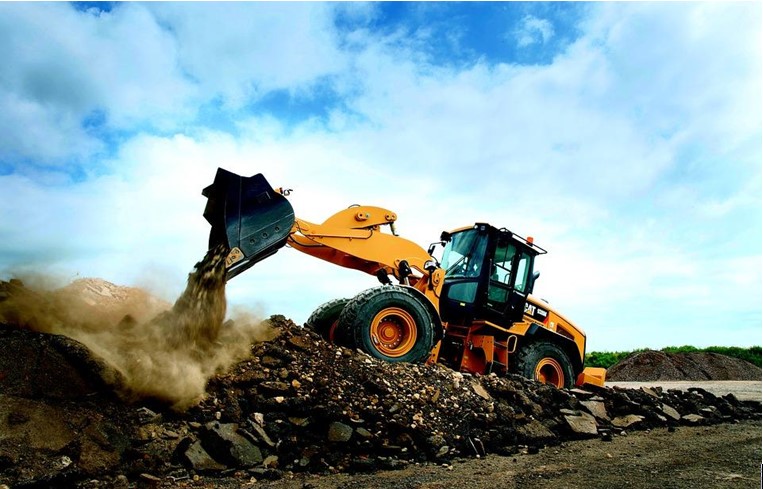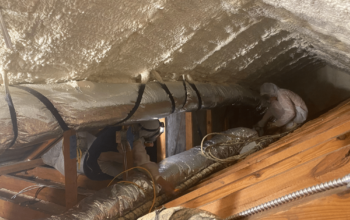Compared to the operating costs of other sectors and industries, running heavy equipment can be extremely expensive. Not only is such equipment costly to acquire, but it is also expensive in terms of both short and long-term operation and maintenance. The main reason for high maintenance and operation costs are job conditions that are not within the business owner’s control.
One way of reducing expenses includes reducing the difference between your net profit and gross profit. Another way includes using technologies that can help you save on fuel as well as offer business owners plenty of additional options while maintaining efficiency. Unfortunately, such technologies are far and between which is why aftermarket caterpillar parts vendors like https://www.kellytractor.com/ are finding it difficult to keep up with the demand for OEM parts all over the world.
Such aftermarket parts can help you save some cash by controlling the amount of fuel used by a machine. The fuel-saving technologies below are some of the most effective strategies for reducing fuel consumption by your heavy equipment.
Telematics

Telematics, or GPS, doesn’t only help your driver and yourself with tracking; it also helps to increase positioning efficiency. Tracking helps the owner monitor the machine’s movement in real time and over several days, months, and even years. Through constant monitoring, it’s possible to track how your equipment has moved and the amount of time spent idling.
With GPS tracking, you can also derive information such as the engine speed and other metrics to help you create worksite flow processes to improve efficiency. Data from telematics can also help you implement attachment elevation, something that’s difficult for heavy equipment. Through fuel savings realized, you can equate to net profit.
Activate Auto-Idle and Shutdown Features
One of the best ways to save on fuel using technology is by implementing auto-shutdown and auto-idle features in your heavy equipment. Time spent by idling equipment can be as much as 40 to 50 percent of the time the machine works in a day. Consequences of idling include increased fuel costs.
For instance, if your equipment consumes a gallon of fuel when idling to a low rpm, you are losing about four to five gallons each day. So, if your business owns 10 such machines, you are losing 40 to 50 gallons daily. At $4 a gallon, that’s equitable to a loss of up to $200 every day – and $48,000 annually!
Through parts with auto-shutdown features, your machine automatically shuts itself down when it runs for a set amount of time while doing nothing. Similarly, an auto-idle feature lowers your equipment’s rpm to idle – particularly helpful for units like roller packers and excavators with the idle throttle instead of a gas pedal. Fortunately, businesses like Costex, who specialize in aftermarket caterpillar parts, bring aftermarket products to businesses that require fast response, while getting the highest quality.
Fuel Catalysts
Unlike other technologies that help save fuel, a fuel catalyst is not meant to help improve fuel deficiencies due to a lack of proper use by the operator. Instead, this technology helps in the reduction of combustion from machinery.
Hydrocarbon-based fuels (for instance, gas-state fossil fuels) are heterogeneous in nature. This means that they’re not stretched out through the fuel’s volume, and the nature of hydrocarbons is to create clusters. The clustering causes a smaller surface for fuel molecules, reducing oxygenation.
Fuel catalysts break down these clusters for a homogenous fuel mix that allows individual molecules in fuel to be oxygenated for better combustion efficiency. With this catalyst, fuel combustion efficiency increases by three to eight percent in diesel powered and marine purposed engines.
Conclusion
Reducing heavy equipment fuel costs includes hiring quality operators, improving site flow, and employing fuel-saving technologies above. Remember, reducing fuel costs is the number one way of increasing your net income.
Related Posts












